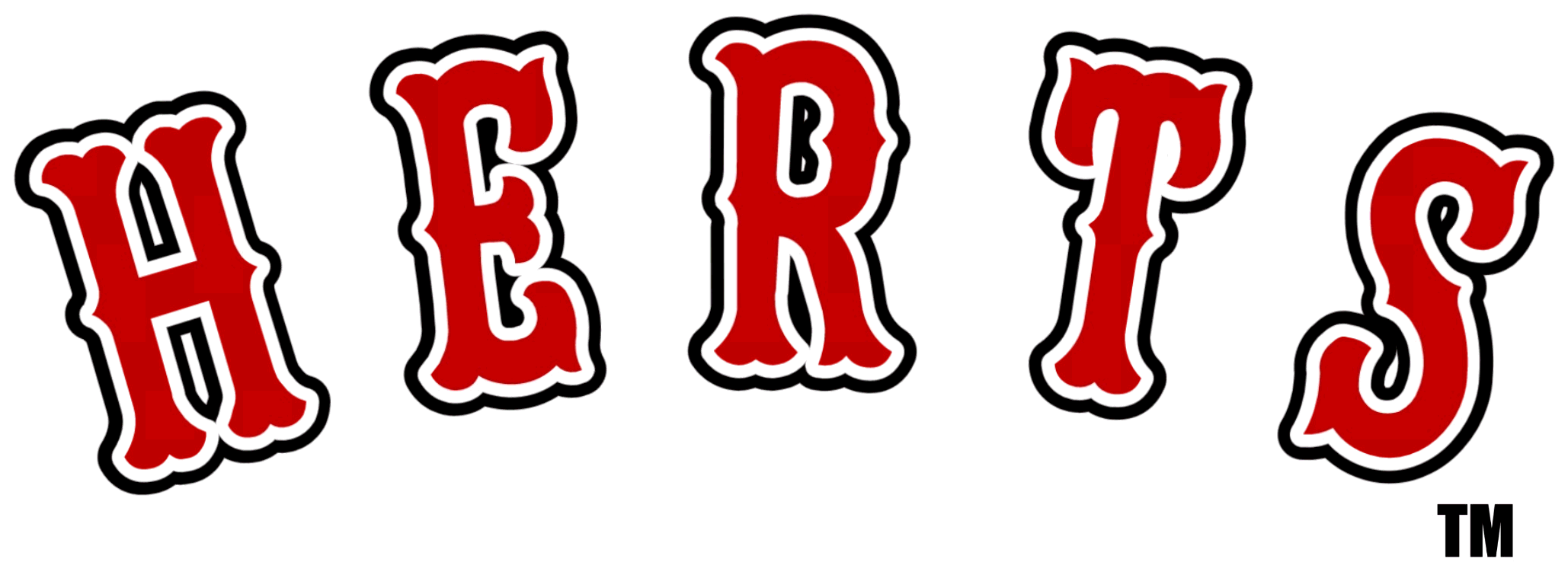Stale Ownership
Who’s your favourite owner? Do you have one? Can you name more than three? George Steinbrenner immediately comes to mind, but he’s reportedly in ill health and has essentially relinquished day to day control to his son. John Henry? He looks, acts, and is BORING. Peter Angelos? If you ask Baltimoreans, the consensus would be that he is Public Enemy No. 1.
Baseball ownership is becoming either very corporate, evidenced by the Cubs (Tribune Co.) or run by individuals who prefer to remain behind the scenes and maintain their anonymity. In the past, there have been some real characters that interjected their personalities and also introduced some popular enhancements and eccentricities to the game.
Before Ted Turner turned to more noble issues and decided to save the world, he was the proclaimed “Mouth of the South” and was known as “Captain Outrageous” when he was the skipper of the boat Courageous that won
Bill Veeck had a long history as a baseball owner, and introduced many innovations during his era. He introduced a movable fence to the cavernous Cleveland Municipal Stadium, depending on the circumstances and how it would benefit his team. He hired a dwarf (Eddie Gaedel) to bat and try and draw a walk. This particular publicity stunt lasted one game. There was also the exploding scoreboard, the “disco demolition night”, and the time where the fans in the bleachers were allowed to make joint managerial decisions by holding up placards. During the heat of the summer, he also designed short pants for the White Sox (which looked hideous) and hired ancient (at the time) 67 year old Paul Richards to manage. When Harry Caray broadcast games for the White Sox, he did so from the bleachers and began the tradition in the seventh inning stretch of singing “Take me out to the Ballgame”.
Charley Finley, the owner of the Kansas City/Oakland A’s, was reviled by his players, but was also quite a maverick. He introduced white shoes, and paid his players $300 each to grow moustaches. He also tried to introduce orange baseballs, and wanted to quicken the game by changing the rules to a 3 ball 2 strike limit. He also brought in a sprinter by the name of Herb
These owners were innovative, entertaining, controversial, and brought a lot of pizzazz to the ballpark. You don’t see that during the present day era. You may not have agreed with their antics, but it was fun wondering what was going to happen next. Now that all the players all multimillionaires, and the sport is dominated by the players union, all of the owners eccentricities have dissipated. Perhaps there is a correlation. Maybe profit and greed have taken a lot of the fun out of the game, and the suits who own the club are primarily concerned with the bottom line. It also seems that the eccentric players are also a dying breed, which is unfortunate.

